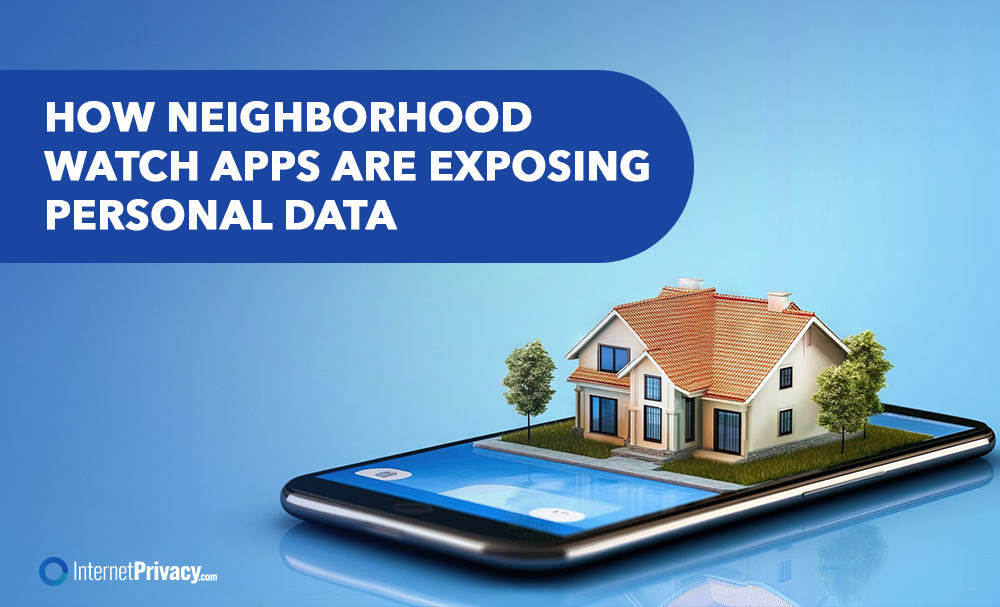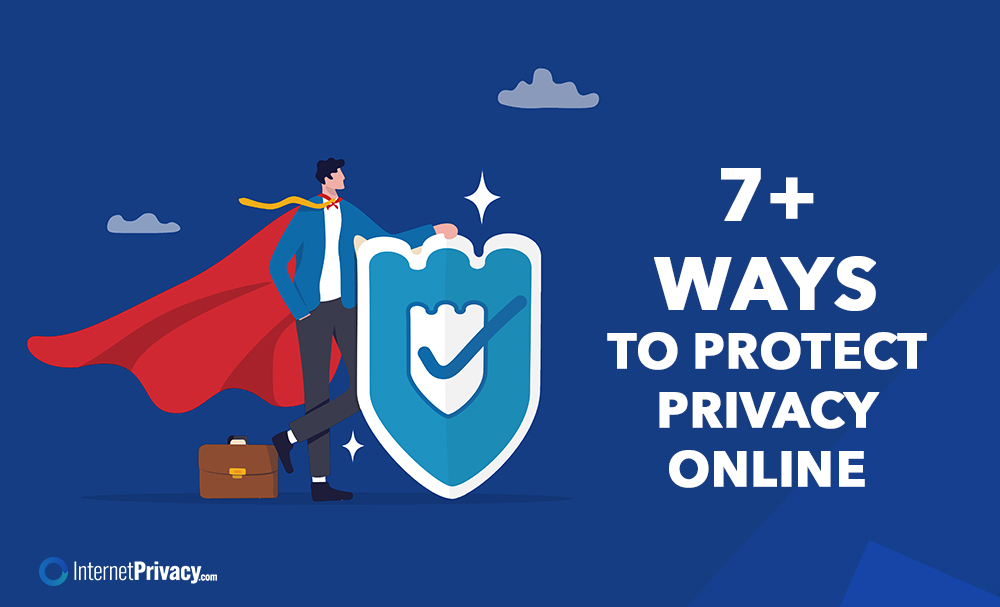How Neighborhood Watch Apps Are Exposing Personal Data

Neighborhood watch apps promise safer streets, stronger communities, and real-time safety alerts. But as these platforms expand into everything from reporting crime to finding home services and posting local events, they’re collecting more personal data than most users realize. And that convenience may come at a cost.
What Is a Neighborhood Watch App?
A neighborhood watch app is a digital tool that lets residents share updates on local crimes, suspicious activity, and neighborhood happenings. Many also include features to join groups, post about community activities like block parties or clothing swaps, and even find several qualified babysitters nearby.
Popular apps like the Nextdoor app and Amazon-owned Neighbors integrate live video, location tracking, and social feeds to keep people informed. The goal? Build a neighborhood network where users feel more connected and safer.
But these apps often require location services running in the background. That means your GPS data, activity patterns, and even your private conversations with neighbors can be tracked and stored.
Why People Use These Apps
People turn to neighborhood watch apps for good reasons:
- Stay informed about incidents nearby
- Meet neighbors they may not know in person
- Get recommendations for home services or find free stuff from someone decluttering old appliances
- Locate community events like spring cleaning drives, arts festivals, or local businesses offering deals
- Feel comfortable hiring a neighbor’s daughter to babysit after seeing her praised in multiple posts
These apps can make neighborhoods feel safer and more connected. They enable users to request help, share safety alerts, and support local businesses, creating a vibrant neighborhood network. But they also create opportunities for sensitive personal data to be exposed—often without users fully understanding how.
How These Apps Collect and Share Your Data
To function, neighborhood watch apps rely heavily on location services. When those services are always on, your phone constantly shares your GPS data with the app—even when you’re not actively using it.
That data can include:
- Your real-time location
- Your home address
- Your activity history (what you click, post, or view)
- Personal details like names, phone numbers, and even your Wi-Fi network
Apps may share this information with public agencies, local law enforcement, or third-party developers. Some data may even be sold for targeted advertising.
And the more features you use—like posting safety alerts, commenting on local news, or joining interest groups in Hayes Valley or Mission East—the more data the platform can collect.
Even optional features like neighborhood maps, furry friend finders, or alerts about new kids on the block can reveal more than you think.
Hidden Risks to Your Privacy
1. Run Location Services = Run Risk
Leaving location services running 24/7 might seem harmless, but it allows constant tracking. Some users have reported that neighborhood watch apps dramatically reduce battery life.
Worse, that data can paint a detailed picture of your daily routine—when you’re home, when you’re away, what streets you walk. In the wrong hands, that’s dangerous.
2. False Reports and Racial Profiling
Many apps rely on user-generated content. But when neighbors stopped relying on firsthand knowledge and began posting based on suspicion, issues arose. False accusations or vague alerts can lead to unnecessary panic or even discriminatory assumptions.
3. Third-Party Access and Security Gaps
Some neighborhood watch apps have experienced security flaws that require urgent bug fixes. Data breaches can leak addresses, email accounts, or other personal info. Even bug-free versions still pose risks if permissions aren’t set correctly.
4. Over-Sharing Without Realizing It
It might feel good knowing your community is connected. But oversharing—like posting about vacation plans, giving away old stuff, or tagging your location during local events—can unintentionally put you or loved ones at risk.
What You Can Do To Protect Yourself
1. Limit What You Share
Avoid posting personal schedules, addresses, or real-time updates when you’re away. Skip photos that reveal your home layout or expensive items.
2. Adjust Your App Permissions
Turn off location services when not needed. Review what the app can access and deny anything unnecessary.
3. Use Strong Passwords
Create unique, complex passwords. Use a password manager. Update regularly.
4. Don’t Assume It’s Private
Even if you trust your neighbors, remember the app is a third-party platform. Treat everything you share as potentially public.
5. Be Mindful of Group Dynamics
Join groups that reflect your interests or needs—like arts festivals, spring cleaning swaps, or finding home services—but don’t share more than you would at a block party in person.
Final Thoughts
Neighborhood watch apps can be a powerful tool for supporting community connection, highlighting local businesses, and strengthening safety with features like live video and alerts. Apps like Nextdoor make it easy to stay in the loop on everything from privacy nextdoor conversations to events in your area.
What makes Nextdoor especially popular is its ability to combine social networking with neighborhood watch features, making it a one-stop hub for local news, safety alerts, and community activities. This seamless integration keeps users engaged and informed about what’s happening right in their backyard.
But that convenience can come at the expense of your privacy. It’s up to users to understand the trade-offs, stay informed, and take control of the data they share.
In a kinder world, these apps would prioritize user privacy by default. Until then, digital vigilance is the new neighborhood watch.





